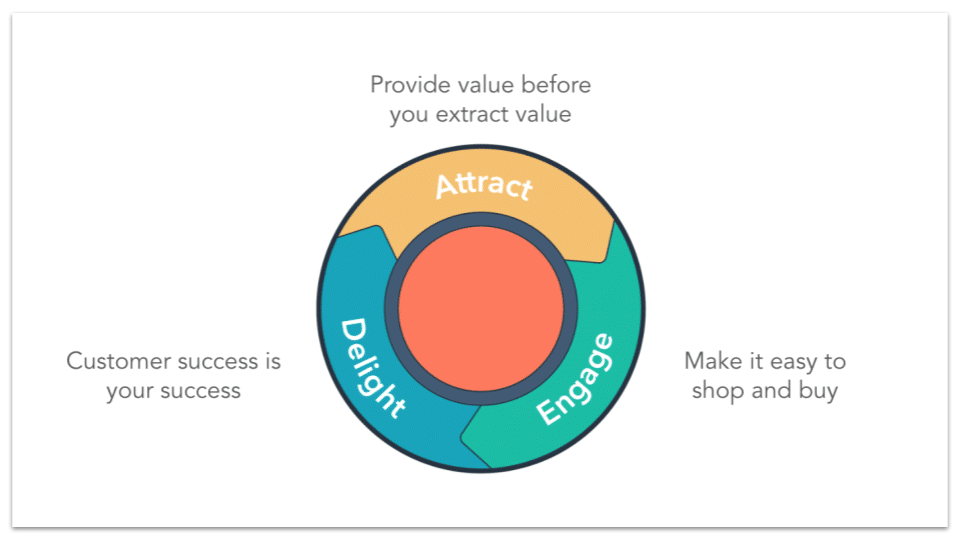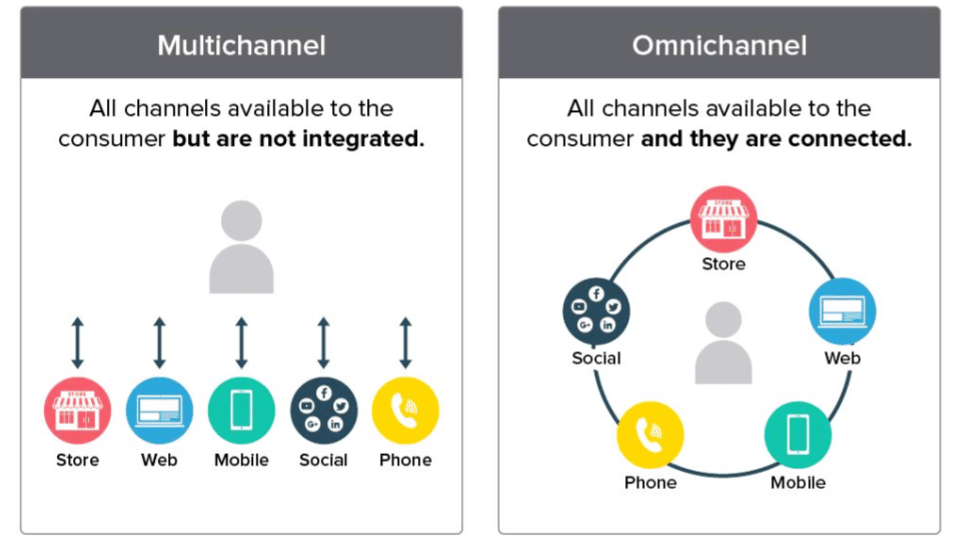There’s no denying that online sales processes can be tough, and you need to be skilled at what you do to get results. Even if you’re experienced, you’re going to make some mistakes and in some cases, those mistakes are going to cost you the sale. Here are the 7 deadly blunders you’re making, and how to fix them.
Blunder 1: Not focusing on building relationships
This is something a lot of people do — they’re so laser focused on selling to the customer, they can often forget a successful sale comes from the trust you’ve built with a potential B2B buyer, not the sale that came out of nowhere. You need to build up a relationship with potential customers before you can sell them on your product. Think about it, you’re more likely to rely on someone you know is credible for advice on a purchase than someone who has demonstrated no interest in you beyond your credit card numbers.

The solution:
It’s crucial you listen to your buyer personas. Let them tell you what they need. The more information you have, the more you can tailor your pitch to their needs. If you try to make someone a cup of tea without asking them how they take it, it is highly unlikely that they will enjoy it, let alone keep coming back for more!
Blunder 2: Holding back on premium pricing
Does your product have premium pricing? When you give your customer the prices, you need to consider how they will react. In some cases, they may become less willing to buy if they feel the price is too high. It’s very tempting to lower prices to secure the sale, but that is often a mistake because you might be cheating yourself out of what the real prices should be.
“When you lower prices on premium products, you’re reducing the concept of their worth in the customer’s eyes. It also can make the product seem less useful, as you’re so keen on cutting the price. Instead, focus on what makes that product worth that price,” says Valery Krits, a sales expert at Paper Fellows and Liahelp.
The solution:
Don’t be afraid to justify the premium pricing, because that gives your product more credibility. When prices are slashed for the sake of selling something, you risk tainting the overall quality of the product, which can deter customers from investing in a “cheap” product. Plus, that can damper customer trust, because no one wants to buy something of “cheap” quality. That’s why premium pricing is a great SaaS pricing model that contributes to building the reputation of a product.

Blunder 3: Not clarifying value proposition
This ties into the first point, where you’re not listening to the client and really building up a relationship. If you’re not clearly demonstrating your products’ value proposition to potential customers, then you can’t really sell them effectively on the product. They want something that will have a concrete benefit to them and so you need to be showing them why your product will improve an aspect of their life or business. In order to do this, you need a clear understanding of your Value Proposition and your sales strategy needs to reflect it.
The solution:
With that said, here are some steps to take, when it comes to SaaS value proposition:
- Know who your target audience(s) are. By establishing an audience persona, you’ll know how to market your product.
- Plan on clarifying the use(s) of your product. You’ll have to explain this clearly to customers, even if they don’t ask you about it directly.
- Jot down what makes the product valuable. Customers want to see how much value is in your product.
- Write yourself as an “expert” to the product. When you establish yourself as an authority to your product’s niche, customers will trust you more.
Blunder 3: Not using an omnichannel approach
These days, there are so many different ways to reach your client — phone, email, video calls, messaging, and more. The best sellers out there are using them all, or a good mix of them, to reach their clients — as everyone is using an omnichannel approach, this demonstrates it’s value to customers. If they’re doing it, and you’re not, your business will suffer by comparison.

The solution:
If you’re not using an omnichannel approach, then you’re going to miss out on potential leads. Some potential leads aren’t going to use email for example, and if you’re not offering an alternative then how can you reach them? More than this, you won’t be able to provide your customers with the best possible experience. To drive better customer relationships, you need to use an omnichannel approach to maximise communication across B2B marketing channels, creating more responsive touchpoints and giving your customers more faith in your business.
Blunder 5: Ignoring face-to-face interaction
It’s amazing how much face-to-face interaction can impact your sales. The Internet has changed things, allowing us to message each other in a variety of different ways — but if you’re neglecting face-to-face sales, you’re missing out, because people interaction is dominant online.
The solution:
If you can’t be in the same room, you can still use face-to-face contact through video calling. It’s easier than ever before, and you can get that contact no matter where you are. Social media channels have already made it possible for people to communicate with each other in many ways than one. By implementing a digital-first strategy, you’re able to create that strong communication and relationships with customers.
Suggested reading: For more information on how to adopt an effective and successful digital-first sales strategy, check out our blog — B2B Digital Sales Strategy – B2B Digital-First Sales in 6 Months
Blunder 6: Forsaking control of the sales process
When selling, you need to be the person in control of the process. If you’re allowing the prospect to lead the conversation, you’re going to be on the back foot.
The solution:
“You simply need to help the client explore their options, asking questions to see what they need and what they’re looking for. With this tactic, you’re in control and still building up that relationship,” explains Adam Zetson, a writer at OXEssays and Boomessays.
In short, you don’t want to allow the prospect to dictate the sales process. That’s why you need to be the expert about your product, so that you can guide prospects through the sales process. While they have the final say in the buying decisions, you can still have control over how you want to sell.
Want to improve your sales and marketing strategy? 💡
Download this FREE Guide to find everything you need to know about the online sales process to accelerate your business growth.
Blunder 7: Not researching the prospect beforehand
This is a common mistake and it’s so easy to make. If you get on a sales call and you haven’t done your research, you’re going to be underprepared. Who is the client? What do they need, and how can you provide it?
The solution:
Luckily this blunder has a simple and straightforward solution — do the research! It’s easy to find the answer to these questions, especially if you’re selling B2B. Make sure you get as much data as possible before you start selling.
Now go get selling!
These are the most common mistakes sellers are making when they pitch to clients. Use these tips to turn your habits around, and see how much your sales numbers soar.
Lauren Groff is a content editor and marketer at Coursework Service and Dissertation Help. She’s an expert at creating highly successful content strategies, helping businesses create new leads. She’s lent her talents to numerous sites and publications online like State Of Writing.
